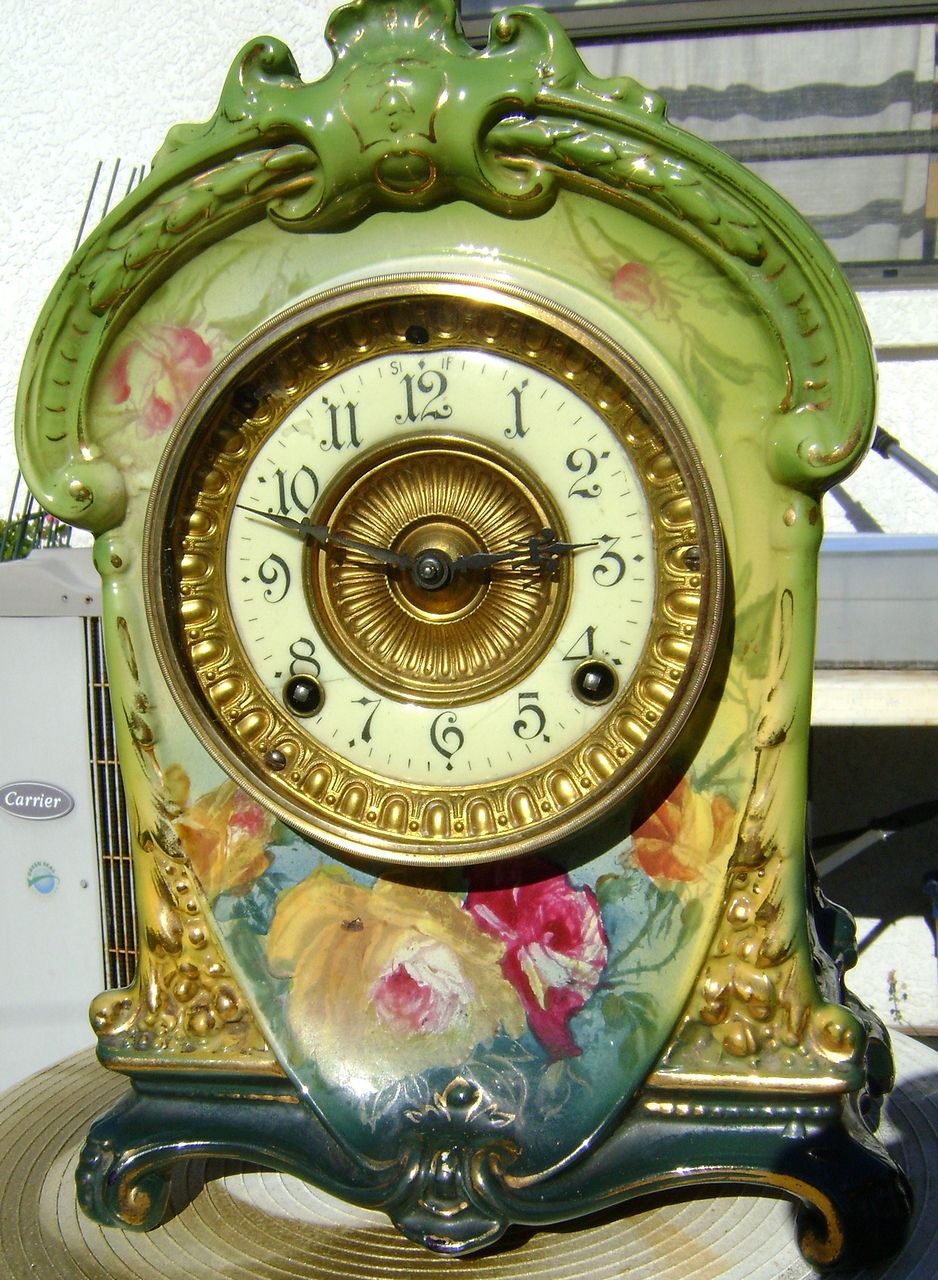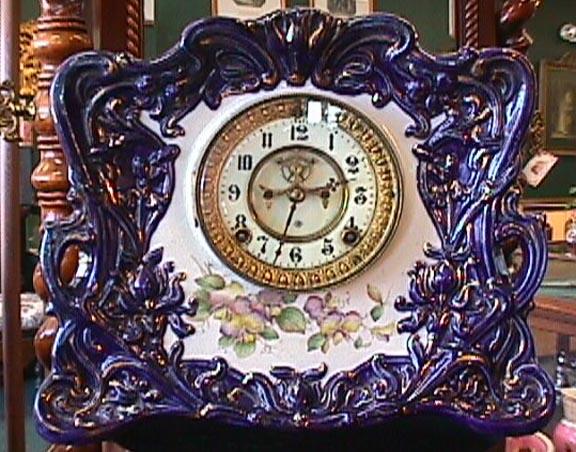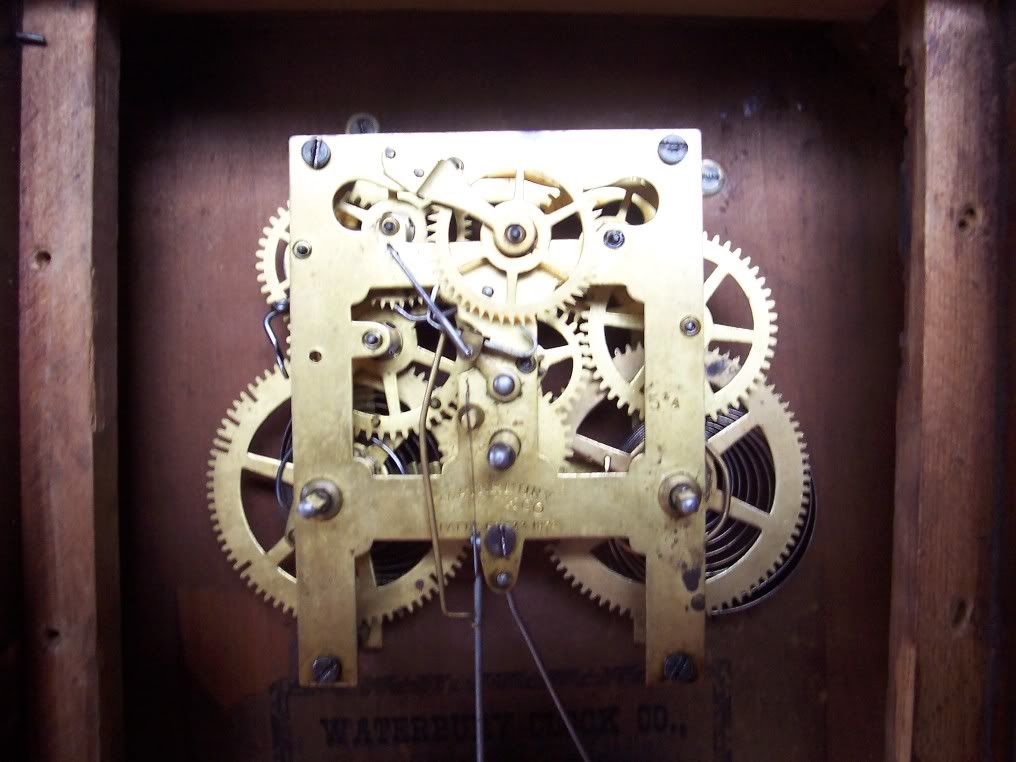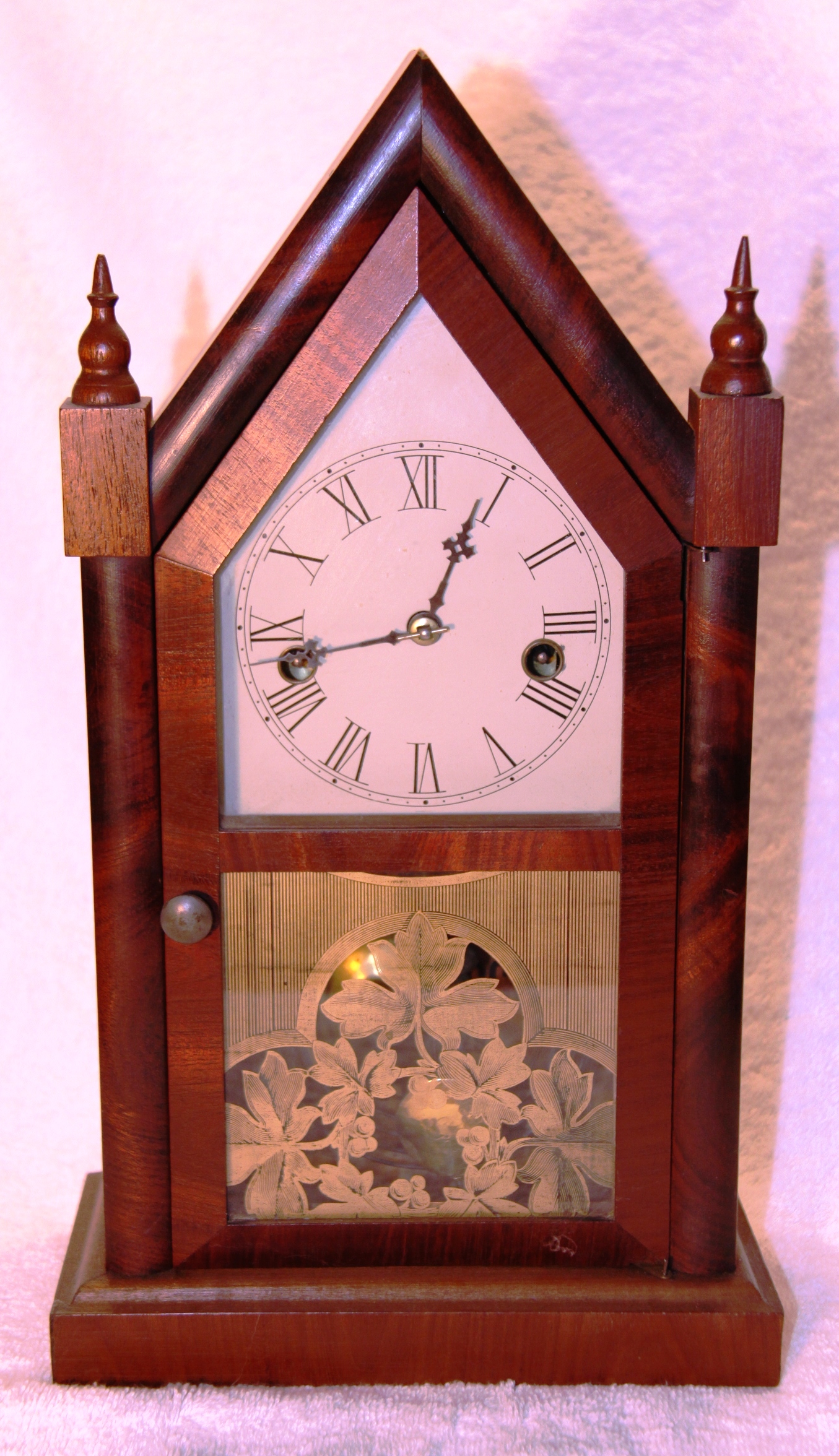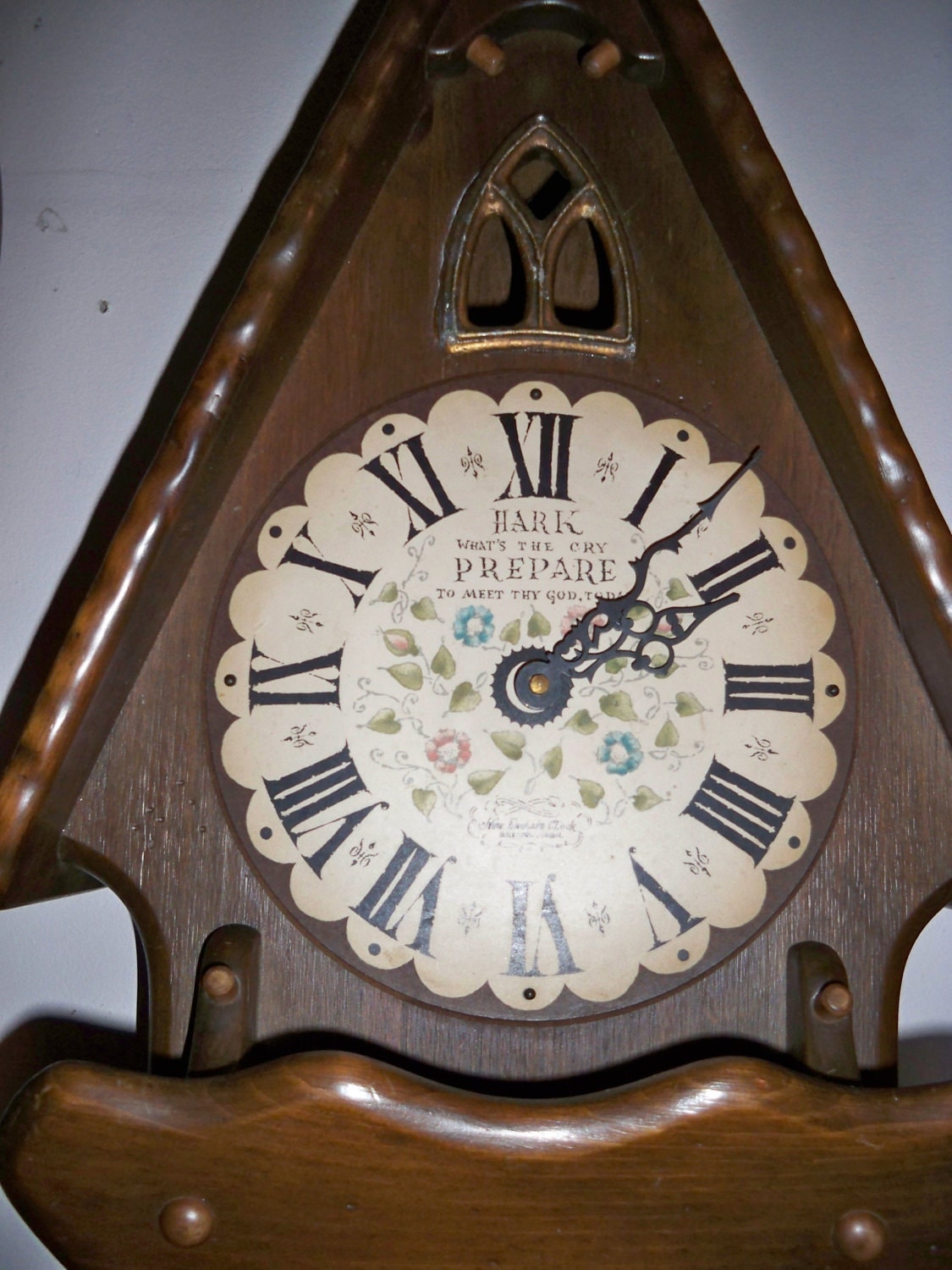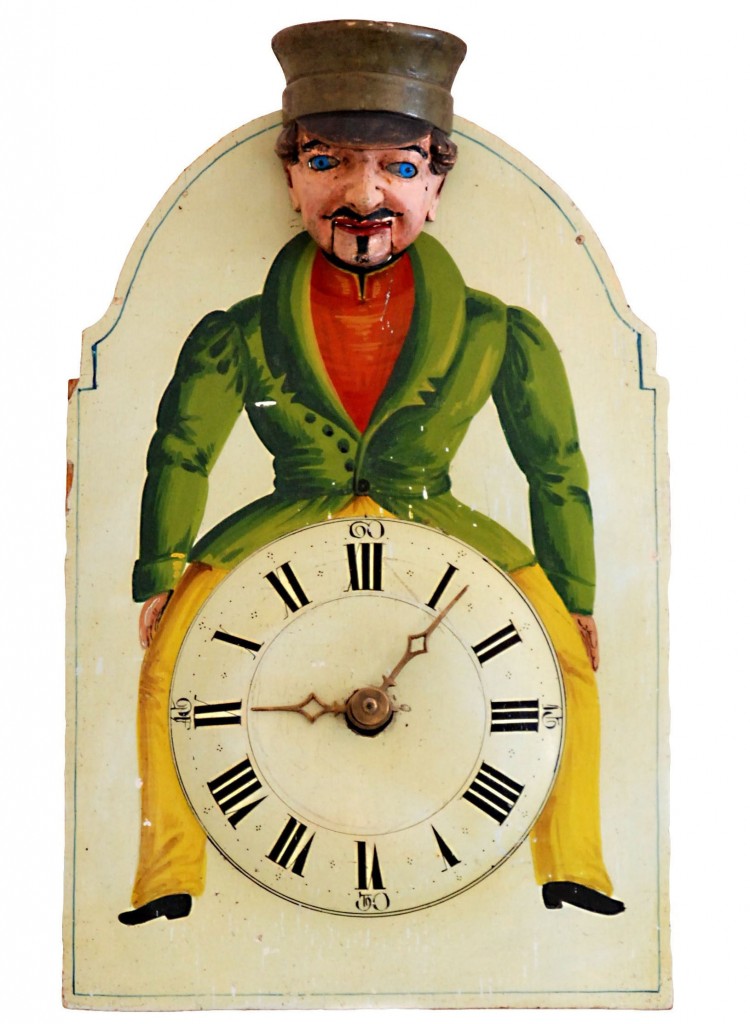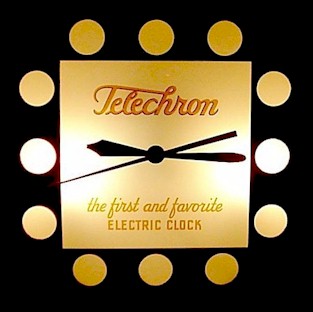Ansonia Clock Co
Ansonia was named for Anson C. Phelps who caused the Ansonia Brass Co. (part of the Phelps Dodge Co.) to be built here. Rolled brass became commercially available in quantity in the United States sometime during the early 1830’s. After 1838 it had generally replaced cast brass and wood for making clock movements. Since clocks provided a market for brass, what could have been more natural for Phelps to do than to start a clock company in connection with the brass operations to use more of his own product. In 1851 The Ansonia Clock Company came into existence as a subsidiary company. It is probable from the clocks and data now available, that even from the very start two firm names were used. Ansonia Clock Co. was one, and Ansonia Brass & Clock Co. was the other; both marked "Ansonia, Conn." It seems they used aggressive sales promotion methods, working on the premise that the more clocks made and sold, the more brass they would use. A store or outlet in Boston is mentioned in the city’s 1854 Directory with the Ansonia Clock Co. name at 43 Hanover Street "nearly opposite Portland St — Manufacturers and Dealers in Cocks and Timepieces of every style and variety!" That last part covers many different clocks if we keep in mind the quantity of differing cases being turned out in Connecticut alone due to the freeing of the designs from the fall of weights as springs became the motive power.
Ansonia clocks proved to be good and saleable. The business prospered until about 1859 when the volume of business justified the separation of the clock and brass companies. In the very tough financial year of 1873, the clock company was incorporated.


